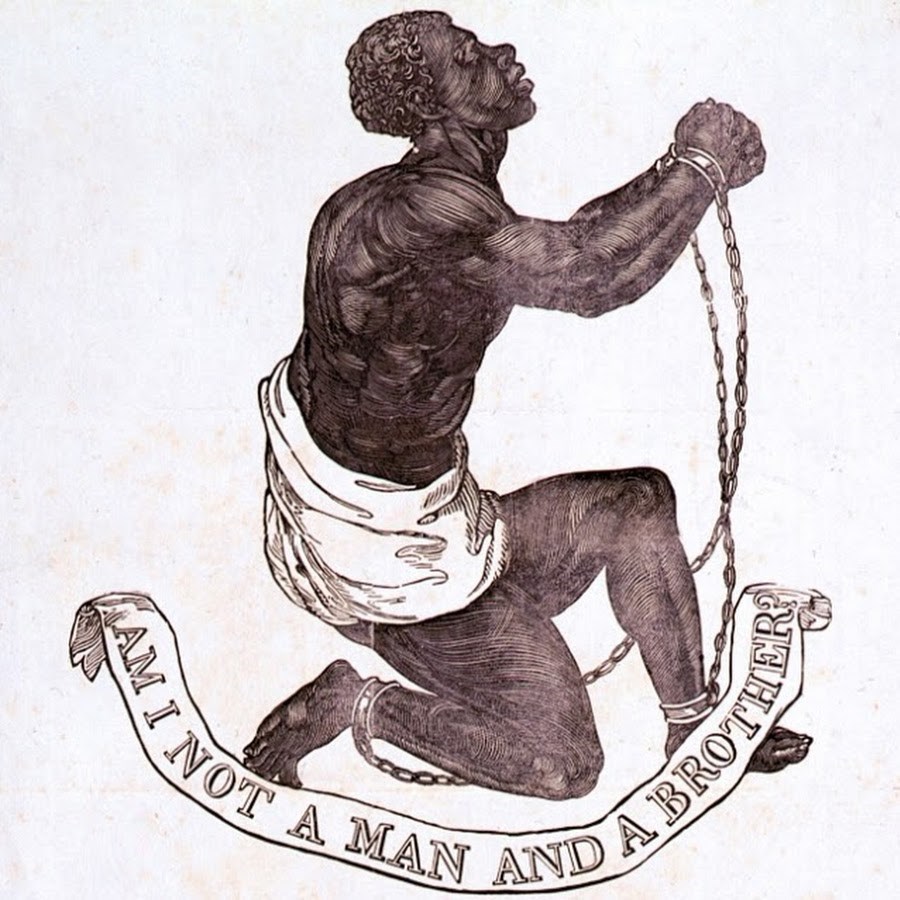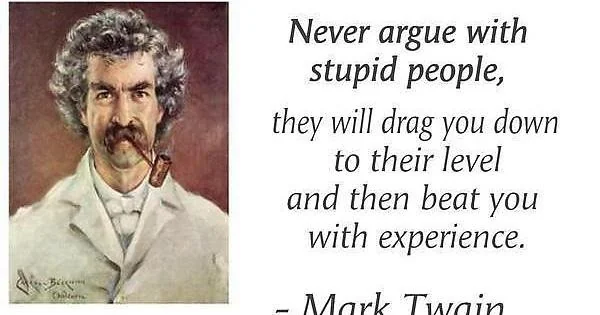0x1c8c5b6a
01
COMPANIES THAT BENEFITED FROM SLAVERY

Why is it that we just have one month out of the year to celebrate people of color? Because black history is. American History. We. May have come here as far as our ancestors as slaves, but. An economy was built around the slave trades. It was not just the South, but also the north. Can you give me companies that exist today?
Wall Street:
- Wall Street in New York City was once the site of the city’s first official slave market, established in 1711. The market operated until 1762, and New York City remained a key hub for the slave trade through the 1850s1.
- The Hidden History Wall Street’s Slave Market – TheStreet: Wall Street in New York City was once the site of the city’s first official slave market, established on December 14, 1711, by a law passed by the New York City Common Council1. This market operated for the sale and rental of enslaved Africans and Native Americans and stretched from Pearl Street to Water Street1. The market operated until 1762, and New York City remained a key hub for the slave trade through the 1850s1. Today, the only reminder of Wall Street’s history in the slave trade is a small plaque at the bottom of Wall Street that was dedicated in 20151.
Companies Built on The Backs Of Our Enslaved Ancestors:
- Tiffany & Co.: The iconic high-end jewelry retailer was built into an empire by its founder, Charles Tiffany, who made his fortune in the 1800s in the cotton industry, which relied heavily on slave labor2.
- New York Life: This insurance company got its start by selling life insurance for enslaved people to their owners, directly profiting from the slave trade2.
- JP Morgan Chase: Now one of the largest banks in America, JP Morgan Chase accepted slaves as collateral and took ownership in the case of default2.
- CSX Transportation: One of the largest railroad corporations in the Southeast and Eastern U.S., CSX’s railroad tracks were built by slave labor2.
Washington D.C.:
- The construction of Washington D.C. involved significant slave labor. Enslaved people were used to build many of the city’s iconic buildings and infrastructure.
Companies Built on The Backs Of Our Enslaved Ancestors: Several major companies have historical ties to slavery. For example,
- Tiffany & Co., the iconic high-end jewelry retailer, was built into an empire by its founder, Charles Tiffany, who made his fortune in the 1800s in the cotton industry, which relied heavily on slave labor
- New York Life, an insurance company, got its start by selling life insurance for enslaved people to their owners, directly profiting from the slave trade
- JP Morgan Chase, now one of the largest banks in America, accepted slaves as collateral and took ownership in the case of default
- CSX Transportation, one of the largest railroad corporations in the Southeast and Eastern U.S., had its railroad tracks built by slave labor.



